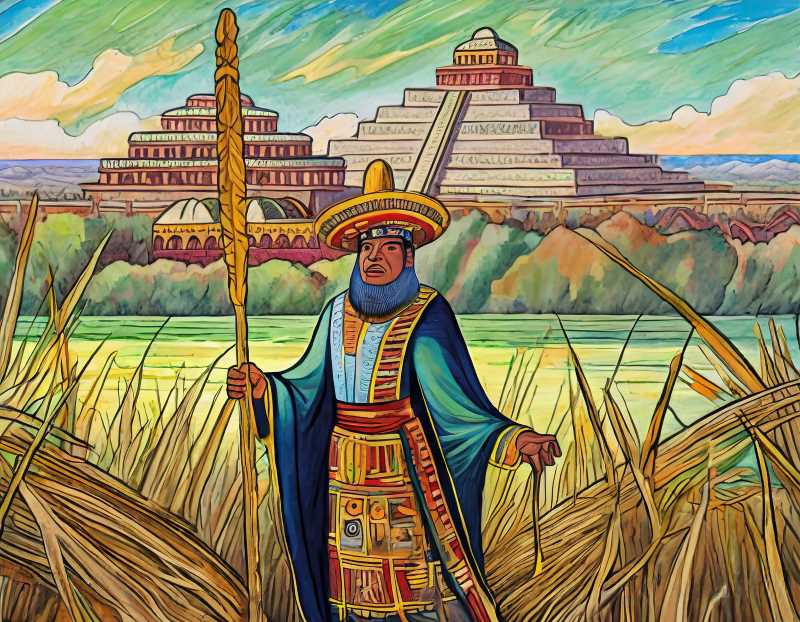The Aztec Society and DIY Guide to Social Climbing
In 1325, the Aztecs settled on an islet, paying tribute to Azcapotzalco. Prophecies, a temple, and a quest for a ruler led to a royal twist in the 1370s, transforming the Aztecs from reed-dwellers to a society of social hierarchies and nobles, all while holding onto ancient calpullis structures.

Once upon a time, in the tangled web of reeds that adorned a humble islet in the vast lakes of the valley of Mexico. There lived a people with a penchant for prophecy and a knack for adapting faster than a chameleon in a color wheel store. These were the Aztecs, or as they preferred to call themselves, the Mexicas.
It's 1325, and the Aztecs, after a prolonged pilgrimage, have finally decided to unpack their metaphorical bags on a little island called Tenochtitlan. Now, before you start imagining them sunbathing and sipping coconut water, let me burst your bubble. The island belonged to the Tepanecas of Azcapotzalco, a neighborhood not exactly known for its friendly potluck dinners.




